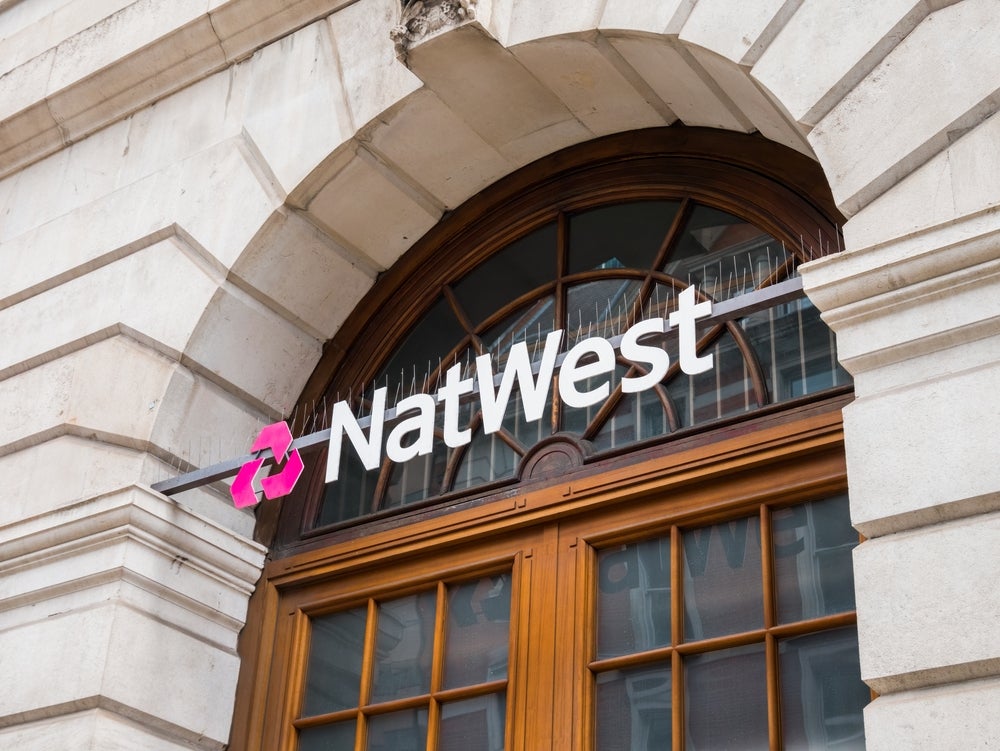James Somerville-Smith, Global Customer Marketing Leader – End-User Programmes at Honeywell Commercial Security, expects greater integration in B2B banking in the coming year.
As we enter a new decade, the direction of business to business banking in 2020 and beyond will be towards better integration.
While as a sector the commercial finance industry has been slower than some to embrace technological developments, the growing threat of cybercrime is pushing companies to be more conscious of the risks than ever before. In addition, the physical and non-physical sides of security are increasingly becoming one and the same.
Ageing technology is leaving a vulnerability in security systems, while criminal techniques are becoming more advanced. A report by Cisco cybersecurity found that a massive 92% of devices analysed had known vulnerabilities in the software they were running.
In parallel, there are signs that security specialists are making up a smaller percentage of IT staff. Security management technology which allows businesses to keep an eye on all touchpoints from one screen, on-site or remotely, is gaining in popularity.
A quicker response in case of accident
Combining inputs from physical security devices supported by cloud integration, such as CCTV and intruder alarms, with intelligent access control systems which limit access to sensitive areas of both the building and IT systems, allows a clearer picture and quicker response in the case of an incident.
How well do you really know your competitors?
Access the most comprehensive Company Profiles on the market, powered by GlobalData. Save hours of research. Gain competitive edge.

Thank you!
Your download email will arrive shortly
Not ready to buy yet? Download a free sample
We are confident about the unique quality of our Company Profiles. However, we want you to make the most beneficial decision for your business, so we offer a free sample that you can download by submitting the below form
By GlobalDataWith the example of access control systems, the technology used here will continue to develop apace. Biometrics – including fingerprint and iris recognition – near-field communications, encrypted communications within systems, wireless access and smart card technologies which bring all systems into one device, are growing in popularity.
Iris recognition and retinal scan technologies are particularly promising, using DNA to ensure access is granted to the right person, but in the shorter term more budget friendly solutions, such as fingerprint recognition, will continue to be favoured. Fibre and improved IP networks are key to creating a seamless and responsive security system between these devices.
The future of banking security is safer, integrated, more convenient and efficient. While many companies are nervous of the investment needed to benefit from new and advanced technology, there are options at all price points, and systems can be built over time or even retrofitted, avoiding the need for rip-and-replace and potentially costly downtime.






